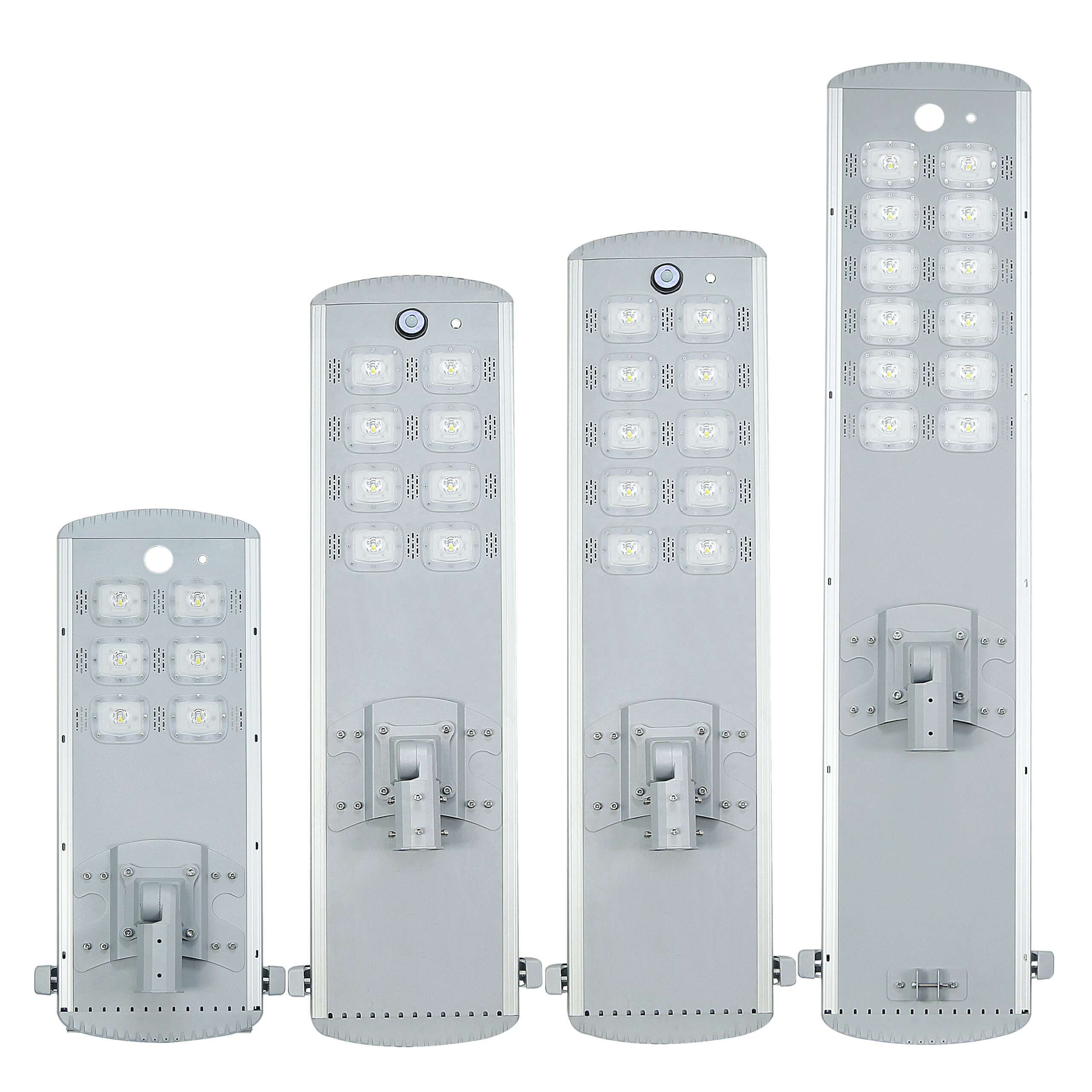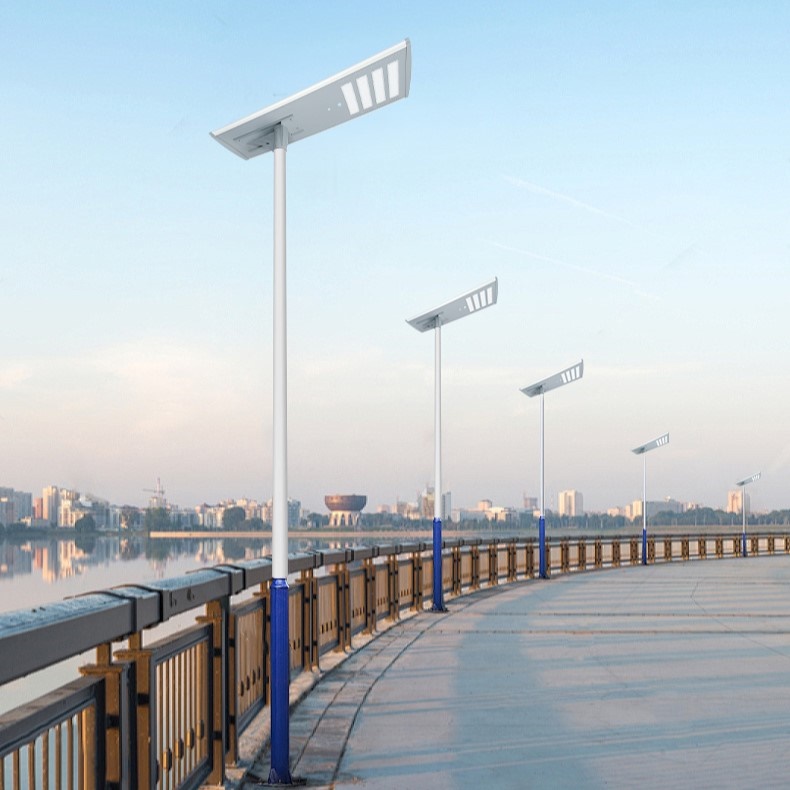As cities and housing developments grow, community safety and energy efficiency are now top priorities. One solution gaining global attention is residential area solar lighting — a smart, eco-friendly approach that blends sustainability with reliable illumination.
From reducing accidents and deterring crime to cutting electricity costs, solar-powered street lighting systems are transforming how residential communities manage public spaces.
Why Residential Area Need Smart Solar Lighting
Traditional street lighting depends on costly infrastructure and grid electricity, often leading to high maintenance and operational costs. In contrast, residential solar lighting systems operate independently, powered entirely by sunlight.
Key Benefits at a Glance:
-
Zero electricity bills – fully solar-powered operation.
-
Low maintenance – no wiring or external power required.
-
Enhanced safety – continuous illumination even during blackouts.
-
Eco-friendly – supports carbon neutrality goals.
-
Flexible installation – adaptable to new and existing neighborhoods.
These advantages make solar street lights a smart investment for developers, municipalities, and housing management companies.

Improving Community Safety with Solar Lighting
Safety is one of the biggest concerns for residential planners. A well-lit environment not only deters criminal activity but also makes roads and walkways safer for pedestrians and drivers.
Continuous Lighting, Even During Outages
Unlike grid-dependent systems, solar lighting remains functional during power cuts. Each unit operates independently, powered by a built-in battery charged during the day.
-
Prevents dark zones that encourage theft or accidents.
-
Provides reliable illumination during emergencies.
-
Ensures safety for residents at night or during storms.
Intelligent Motion-Sensing Technology
Many smart solar street lighting systems use motion sensors to detect movement and adjust brightness automatically.
-
Brightens when activity is detected, ensuring security presence.
-
Dims during inactivity, conserving energy without sacrificing safety.
-
Promotes peace of mind for residents in pathways, parking areas, and parks.
Enhancing Energy Efficiency with Solar Street Lighting Systems
Energy efficiency is at the heart of sustainable housing projects. Residential area solar lighting contributes directly to reduced carbon emissions and energy costs.
High-Efficiency LED and Solar Conversion
Modern systems use high-lumen LED chips (up to 170LM/W) and monocrystalline solar panels for maximum performance.
-
Converts sunlight into usable power efficiently.
-
Provides bright, uniform lighting with lower power consumption.
-
Reduces the environmental footprint of urban developments.
Smart Control and Battery Management
With intelligent control systems, lights automatically adjust brightness and charging cycles.
-
Extends battery life and light operation time.
-
Enables remote management in large housing projects.
-
Adapts lighting intensity based on community activity patterns.
By combining smart technology and renewable energy, developers achieve both environmental and operational efficiency.
Cost-Effective Lighting for Residential Projects
For developers and contractors, cost efficiency matters as much as quality. Integrated solar lights eliminate trenching, cabling, and grid connection — drastically cutting installation costs.
Reduced Construction Costs
-
No need for electrical wiring or transformers.
-
Ideal for new housing areas or remote locations.
-
Quick installation reduces labor expenses and project timelines.
Long-Term Savings
-
Minimal maintenance due to fewer components.
-
Lifespan exceeding 10 years with LiFePO4 batteries.
-
Returns investment within a few years through electricity savings.
The result: low total cost of ownership (TCO) with high lighting performance and reliability.

Sustainability and Environmental Responsibility
Communities embracing solar lighting systems demonstrate a strong commitment to sustainable living. These systems operate with zero emissions, reducing dependence on fossil fuels.
Environmental Advantages:
-
Promotes green building certification (e.g., LEED).
-
Helps municipalities meet renewable energy targets.
-
Minimizes light pollution with focused illumination.
By adopting solar lighting, communities become cleaner, safer, and more environmentally conscious — a powerful message for future residents and investors.
Choosing the Right Solar Lighting System for Your Community
Selecting the right solar street lighting system depends on several factors. Planners and engineers should evaluate:
-
Wattage and brightness: Choose between 30W–150W based on road width.
-
Lighting autonomy: Ensure 2–3 days of operation without sunlight.
-
Control system: Motion sensor, timer, or remote control options.
-
Durability: IP65+ waterproof housing for outdoor conditions.
-
Design aesthetics: Match architectural styles of modern communities.
A professional solar lighting manufacturer can provide customized solutions tailored to your project’s environmental, technical, and design needs.
Conclusion:
Residential solar lighting offers far more than illumination — it builds safer, smarter, and more sustainable communities. By integrating solar energy with intelligent controls, these systems reduce crime, lower costs, and improve the quality of life for residents.
For developers, municipalities, and B2B buyers, investing in solar lighting is an investment in the future — a commitment to safety, efficiency, and sustainability.
FAQs
1. How long do residential solar lights last?
High-quality systems last 8–12 years, depending on battery type and environmental conditions.
2. Are solar street lights suitable for cloudy regions?
Yes. With efficient batteries and solar panels, they can operate for 2–3 days without direct sunlight.
3. Can solar lights be integrated into existing neighborhoods?
Absolutely. They are easy to install and ideal for both new developments and retrofitting existing infrastructure.



